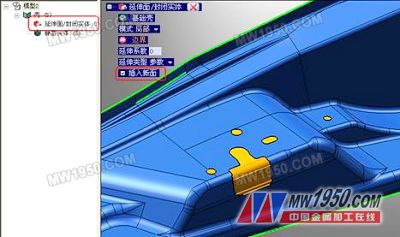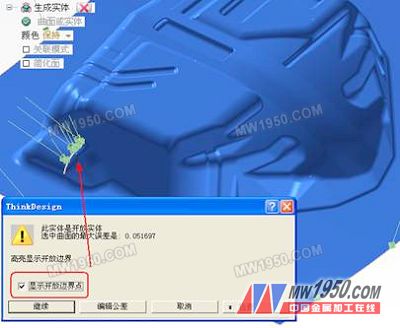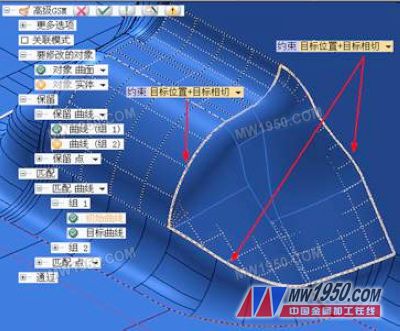I. Introduction With the fierce competition, the speed of automobile product replacement is accelerating, and the mold industry is required to shorten the mold development cycle. Today, with the application of new materials such as high-strength steel, aluminum alloy and complex synthetic materials, the rebound phenomenon is sheet forming. Common defects in the process seriously affect the development cycle of the mold. Axter has been a specialized company that has provided total solutions and services for the manufacturing industry for many years. In 2008, it acquired the technology of Italy's think3 company and launched the world's leading rebound solution for the automotive mold industry, ThinkDesign. ThinkDesign realizes the automation of the rebound compensation process, and can modify the mold surface while maintaining the quality of the original surface, thereby greatly reducing the time for the mold design engineer to modify the model, reducing the number of mold trials, and greatly improving the mold design. Capabilities reduce the cost of mold design and manufacturing and help customers stay ahead. ThinkDesign was born in Europe in 1979. After nearly 30 years of development, it has helped tens of thousands of companies around the world solve the problems in design and production. It also has a large number of users in the automotive mold industry in China. This article combines the actual case of the user to illustrate the application of ThinkDesign in automotive mold design. Second, the application of interactive modeling (ISM) technology in quickly filling curved holes ISM provides a flexible and revolutionary modeling method that allows users to directly modify the parameterized model built into ThinkDesign or the imported no-parameter model. Users do not have to consider the creation order and feature parameters of the model during use. In automotive mold profile design, we first need to fill the holes in the product surface. The ISM provides a way to quickly fill holes. As shown in Figure 2-1, the command has the following features: ★ Automatically detect holes that need to be filled. ★ The boundaries of the holes can be on multiple surfaces. ★ The filling hole surface maintains the same connection relationship with the boundary surface. ★ Multiple fill holes can be selected for one build feature. Figure 2-1 ISM quick fill hole Third, the application of GSM (global shape modeling) technology in the modification of mold profile GSM provides engineers with an easy-to-use, innovative and advanced way to model! It is the only tool that can be created and modified accurately and quickly at any stage of the design. We can apply this technique locally or globally. The following two concrete examples are used to illustrate the application of GSM function in mold design and modification. 3.1 Modify the broken surface with GSM function TD not only provides read and write support for general formats such as IGS, STEP, and STL, but also provides direct read/write interfaces for software such as CATIA, UG, and Proe. Of course, in the design process, we can't avoid the problem of bad faces. Figure 3-1 Automatic detection of open edges Figure 3-1 is a tool for ThinkDesign to automatically detect open edges. We can use the GSM function to quickly modify it. The command setting steps are as follows (see Figure 3-2 for the command): 1) Select the object that needs to be modified. The modified object can be point, line, polygon, solid, mesh. 2) Select the boundary to be retained and define its connection relationship with adjacent surfaces (G0, G1, G2). 3) Select a matching object corresponding to the group, and the matching object may be a point, a line or an interactive mode. Figure 3-2 GSM function to quickly modify the broken surface Next page Steel Building,Prefabricated Building,Steel Construction Steel Structure,Sandwich Panel Co., Ltd. , http://www.nsprefabhouse.com

